It’s hard to believe a mountain like this exists just outside Seoul. One moment you’re on the subway, and the next you’re at the foot of a granite peak, surrounded by pine forests, temple bells, and locals dressed in full hiking gear. For many Koreans, Bukhansan isn’t just a weekend hike. It’s a regular habit, a way to slow down and breathe. For travellers, it’s a rare chance to see another side of the city that’s quieter, greener, and steeped in history.
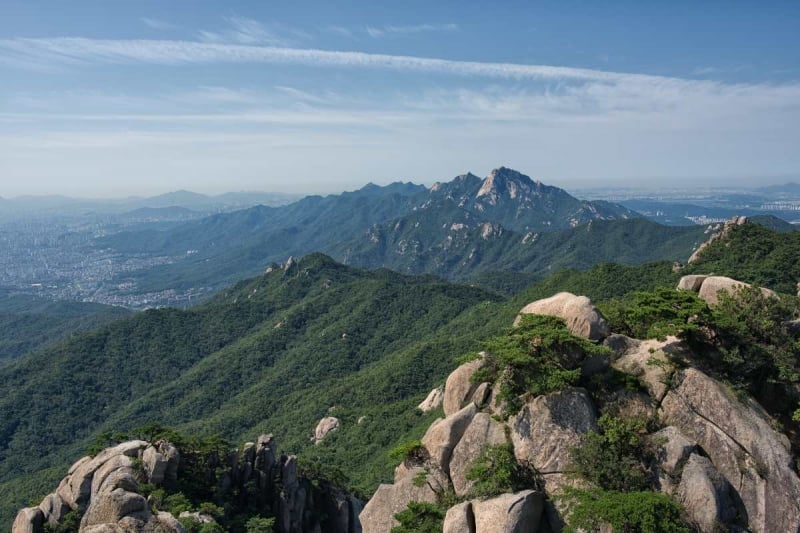
Image Credit: july7th via Canva Pro
This guide covers what you need to know before visiting Bukhansan National Park, especially if you’re planning to hike to one of its three most iconic peaks.
Also read: 10 Best Hikes in Southeast Asia Ranked by Difficulty and Trail Type
The different routes
The classic climb: Baegundae Peak
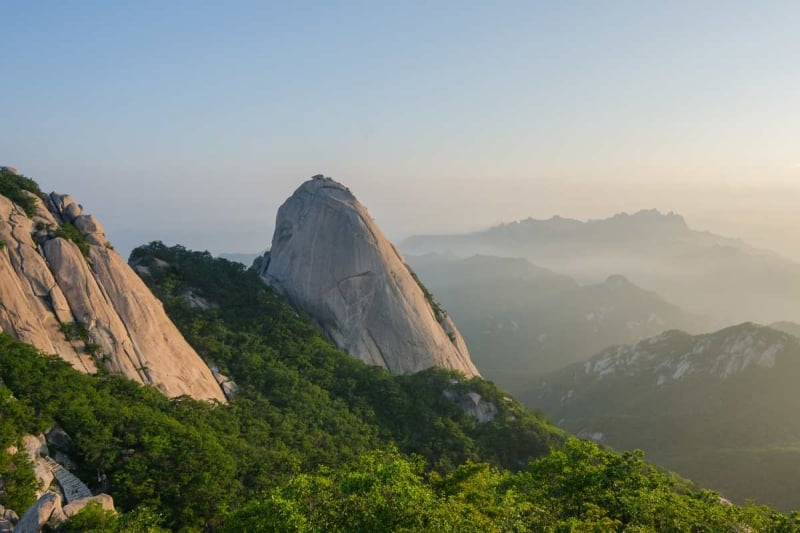
Image Credit: Reabirdna via Canva Pro
Baegundae Peak is the highest point in Bukhansan, rising to 836.5 metres. The hike typically takes three to four hours one way, depending on your pace. The trail starts gently through forested paths, passes by old fortress walls and pavilions, and then shifts into a steep granite climb that involves a bit of scrambling. Metal handrails and ropes help with the final stretch, but be prepared to use your hands.
Most hikers begin at the Bukhansanseong trailhead, which you can reach by taking Line 3 to Gupabal Station or Bukhansanseong Station, followed by a short bus ride. If you start early enough, you’ll be rewarded with cooler temperatures and a quieter trail. At the summit, the view is expansive. On a clear day, you can spot Lotte World Tower, Namsan, and the dense sprawl of the city laid out beneath you.
The quieter option: Dobongsan
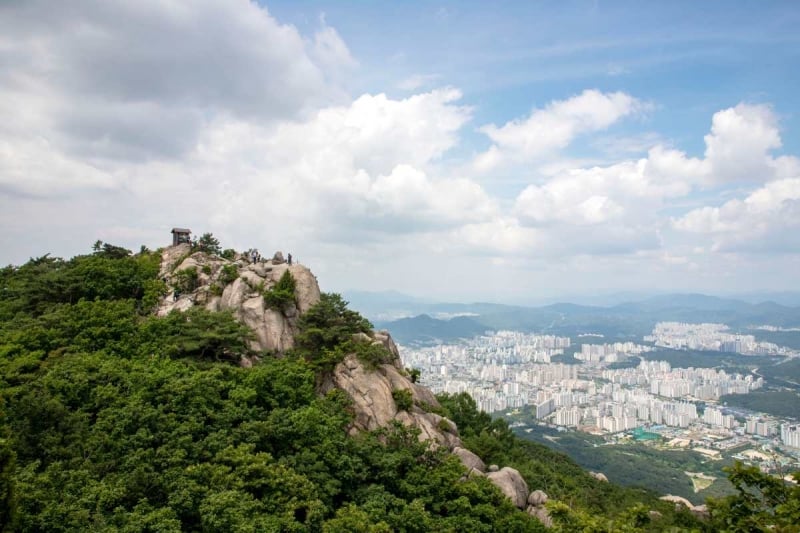
Image Credit: Youngmin Kim via Canva Pro
If you prefer something less crowded, head north to Dobongsan, a section of the park known for its dramatic rock formations and rugged charm. The terrain is slightly rougher here, but the trails feel more peaceful, especially on weekdays. The scenery is just as striking, with pine-lined ridges, sharp rock outcrops, and shaded rest spots along the way.
You can access Dobongsan directly from Dobongsan Station on Line 1 or Line 7, making it one of the more convenient trailheads if you’re staying in northern Seoul.
For the adventurous: Insubong
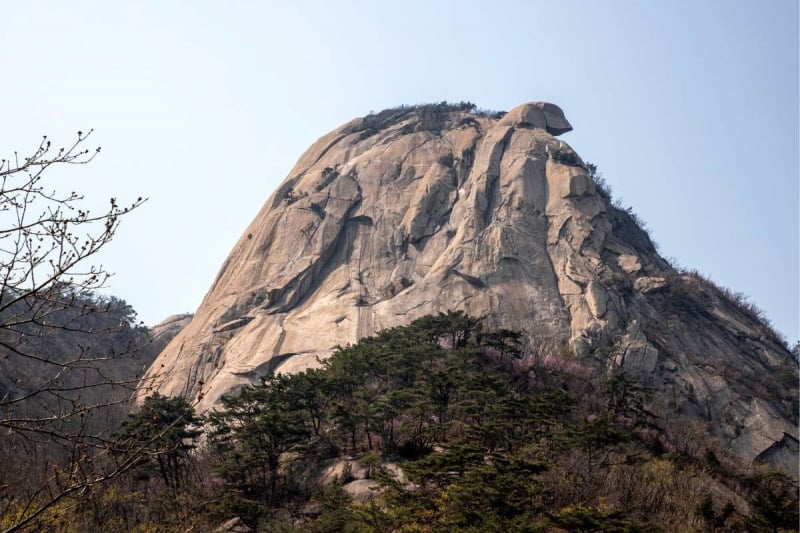
Image Credit: Youngmin Kim via Canva Pro
You’ll see Insubong Peak from a distance, which looks like a sharp granite spire that juts out of the forest like a blade. It’s a favourite among rock climbers, and while most casual hikers don’t climb to the very top, the trails around its base still offer impressive views and photo-worthy angles. If you do want to summit it, you’ll need proper climbing equipment or to join a guided group.
What to expect on the trail
Although the trails in Bukhansan are well-marked and maintained, don’t expect an easy stroll. The hikes involve stairs, rocky climbs, and uneven paths. Even on the popular Baegundae route, the final section requires some effort and a bit of courage if you’re not used to heights.
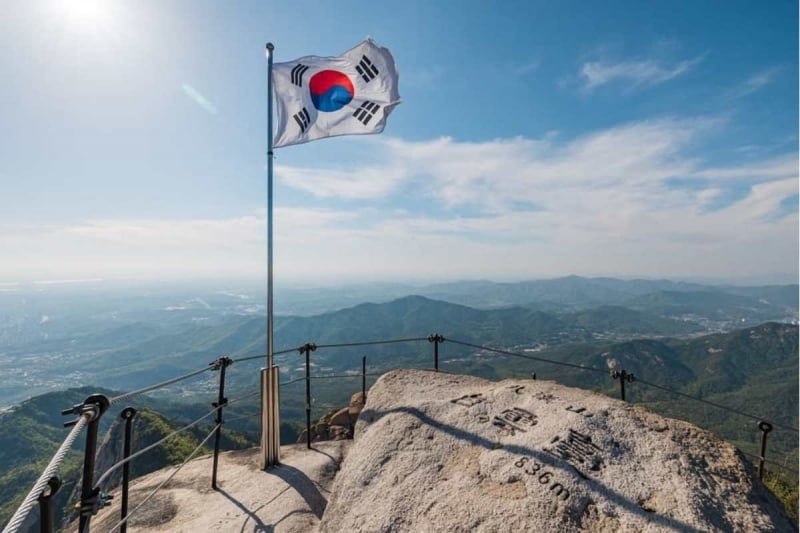
Image Credit: Visit Seoul Official Website
Still, it’s a rewarding climb. You’ll encounter hikers of all ages — teenagers with Bluetooth speakers, seasoned ajummas in matching hiking sets, and groups who’ve brought full picnics up the mountain. Some hikers even pause mid-trail to boil tea or share fruit. The atmosphere is communal and unhurried. A simple “annyeonghaseyo” to fellow hikers is always welcome.
Also read: 6 Underrated Places You Should Visit in South Korea (That Aren’t Seoul)
What to pack for the hike
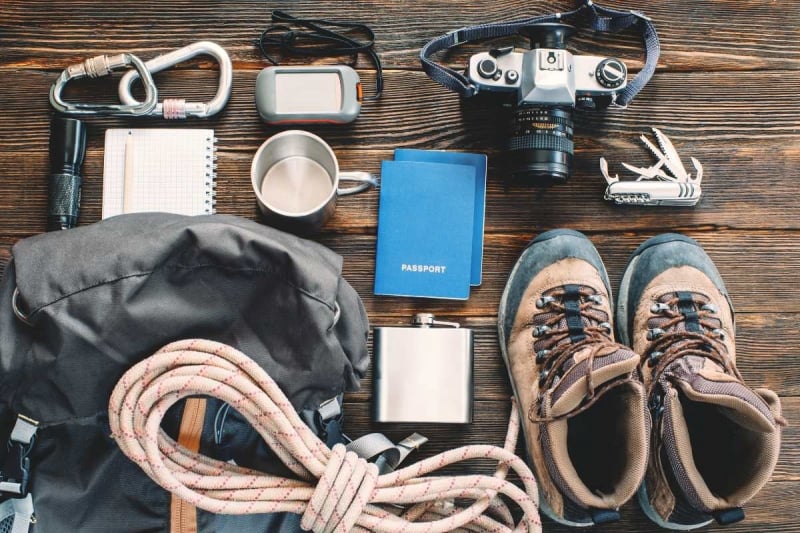
Image Credit: nina_gilivia Canva Pro
You don’t need top-tier gear, but a few essentials will make your hike much more enjoyable. Proper hiking shoes are a must, especially since the rocks near the summit can be slippery. A light jacket is helpful, even in summer, since the weather can shift quickly at higher altitudes.
Bring water, and consider packing a few snacks like kimbap, nuts, or fruit to refuel along the way. Gloves can help if you’re climbing Baegundae, where there are rope sections and exposed stone. In warmer months, remember your sunscreen, a cap, and maybe even a cooling towel if you’re hiking in the heat.
Best time to visit Bukhansan
The best seasons to hike Bukhansan are spring and autumn. From April to May, you’ll find cool temperatures and bursts of cherry blossoms or azaleas along the trail. From October to early November, the mountain turns gold and red with autumn leaves, and the air is usually dry and clear.
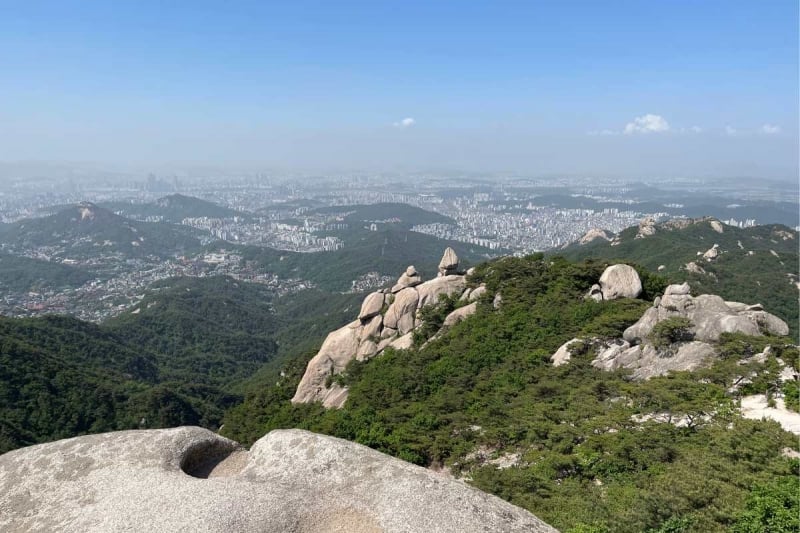
Image Credit: july7th via Canva Pro
Summer is doable, but expect high humidity and frequent rain. Bring extra water and check the forecast, since showers can make trails slippery. In winter, the mountain transforms completely, with snow-covered peaks and frozen streams. It’s stunning, but you’ll need crampons or cleats if ice forms on the path.
Avoid weekends if you can. Trails get packed with locals, especially during peak foliage seasons.
Getting there
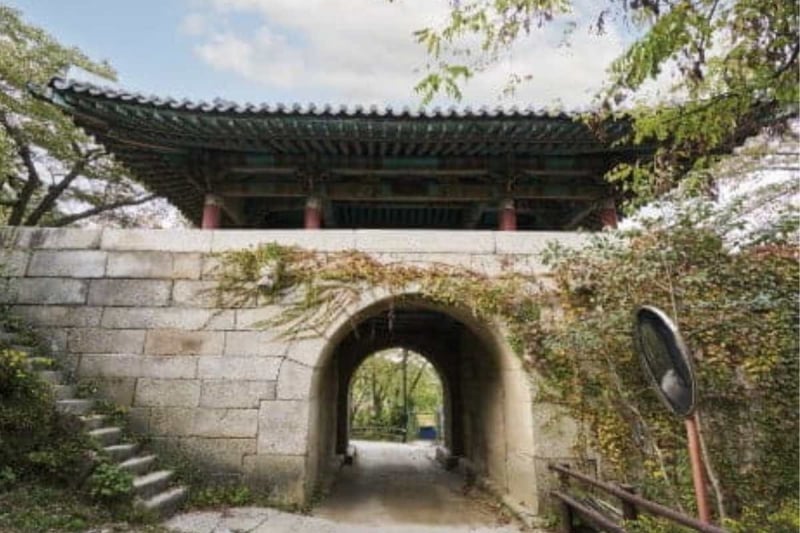
Image Credit: Visit Seoul Official Website
To hike Baegundae, take Line 3 to Gupabal Station, then hop on Bus 704 or Bus 34 to Bukhansanseong Entrance. Follow the signs. Along the way, you’ll pass food stalls, rest stops, and public toilets before entering the actual trail.
To access Dobongsan, simply take the subway to Dobongsan Station. The park entrance is a short walk away, with plenty of signs and gear shops lining the route. You might even spot a few restaurants selling makgeolli and pajeon, which are popular post-hike treats.
Use Naver Maps or KakaoMap instead of Google Maps, as the latter doesn’t provide trail guidance in South Korea. Both apps show hiking paths and time estimates, and you can download offline maps if needed.
Also read: Best Korea Travel Apps to Download For Your Trip in 2025
Final thoughts
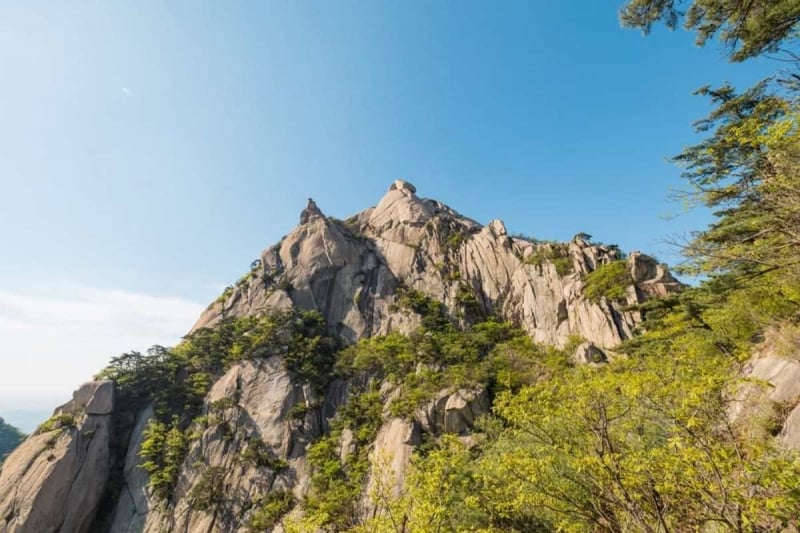
Image Credit: Visit Seoul Official Website
Hiking Bukhansan is one of the easiest ways to experience both nature and culture in Seoul. It’s accessible, rewarding, and offers a glimpse into local life that you won’t get in the city centre. Whether you’re tackling the peak at sunrise or taking it slow with a mid-day climb, the mountain has a way of grounding you.
You don’t need to be the fastest or fittest person on the trail. Just show up, take your time, and soak in the view (but of course, know your limits!)





